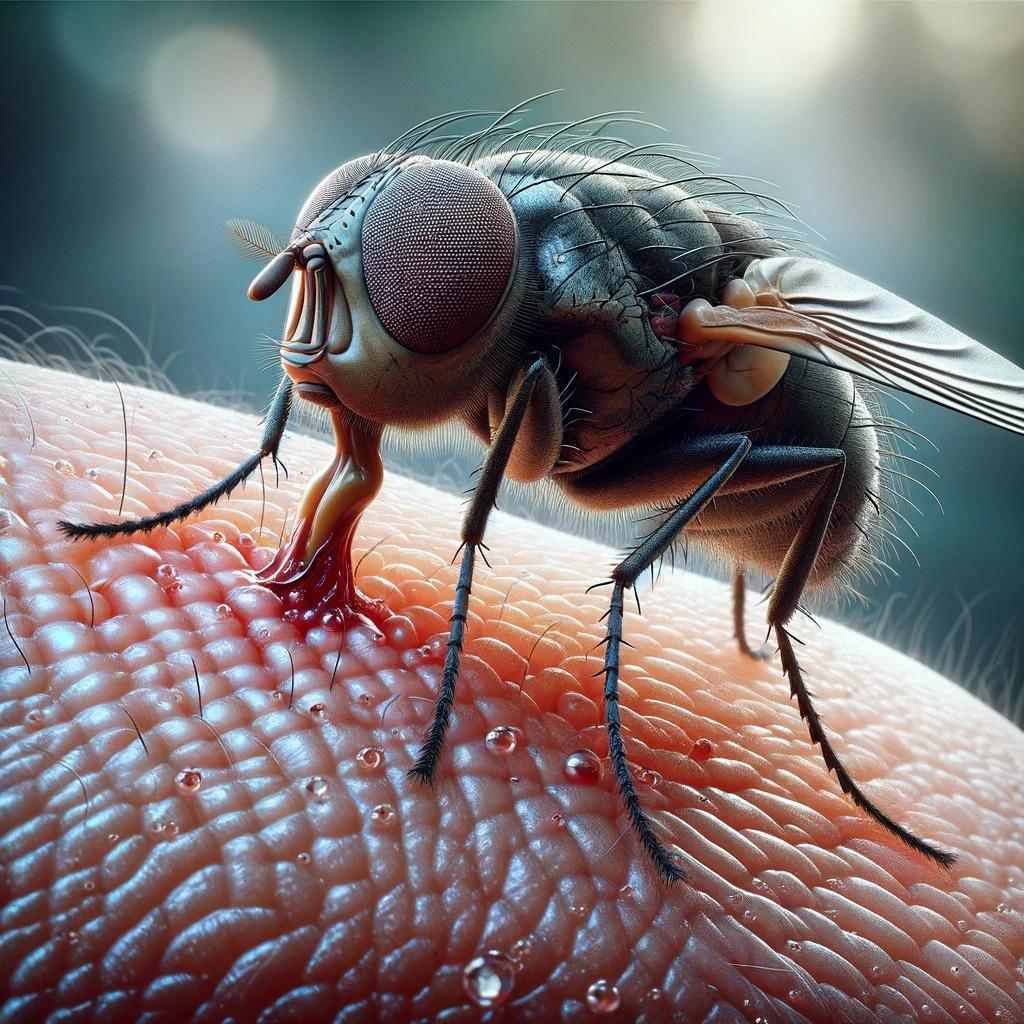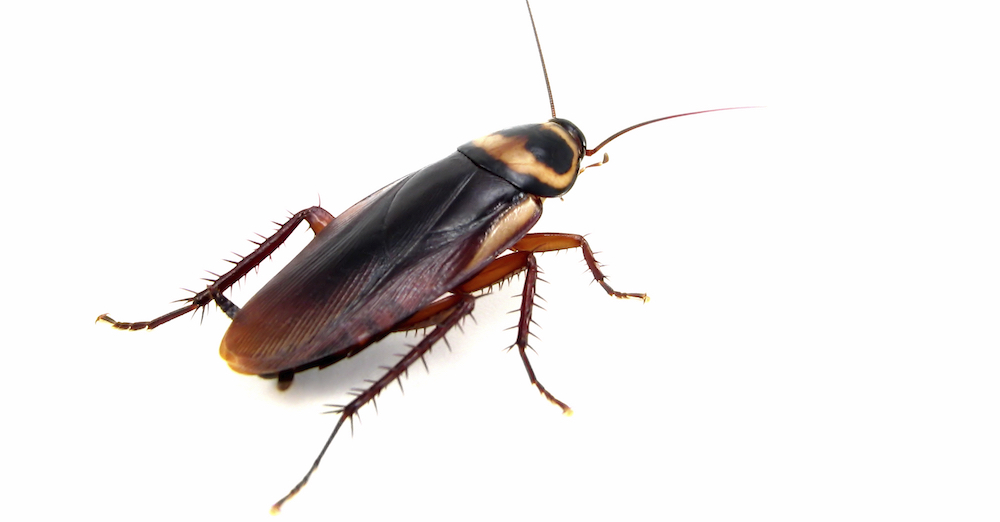Nothing ruins a perfect summer day by the pool faster than the relentless buzzing and the painful bites of horseflies. Hve you ever wondered why these annoying insects always seem to find their way into your swimming sanctuary seemingly just to ruin your Sunday swim? Can you enjoy a dip without having to swat them away all the time?!
It comes as no surprise that these pest control problems don’t affect you only and are more widespread than you think! The silverlining is that people have found various ways to deal with these flying annoyances. So wrap up your sleeves, you’re about to completely eradicate horseflies from around your swimming pool!
Strategies for Controlling Horseflies Near Swimming PoolsPut a Fine Mesh Screen Around Your Pool
Placing a fine mesh screen surrounding your pool area is quite an efficient way to preventing horseflies from accessing the environment. If you have an open gazebo or pergola near the pool, consider enclosing them with fine mesh screens as well.
Physical Barrier
The primary function of a fine mesh screen is to physically block horseflies from accessing the pool area. Horseflies are attracted to pools since they can find the two main things they care about—water (the pool) and food (you).
Versatility
Fine mesh screens are not limited to just enclosing pools; they offer versatility in various settings such as gazebos, pergolas, patios, or any open structure near your pool. These structures become more functional when screened because they provide shaded areas protected from insect interference.
Multi-Insect Protection
Besides keeping out horseflies, fine mesh screens also deter other bothersome insects like mosquitoes and gnats! Win, win, and win!
Use Commercial Traps
Commercial traps specifically designed for catching horseflies can significantly reduce their population in and around your pool area.
The Epps Biting Fly Trap uses visual cues and bait to attract horseflies before trapping them in a container where they eventually die.
These traps usually work by mimicking large animals (a primary target for female horsefly blood meals). They may use dark colours or shiny surfaces combined with movement and heat sources to lure flies into a trap mechanism where they cannot escape.
Apply Insect Repellents
Insect repellents can be applied both on human skin and areas surrounding the pool to deter horseflies effectively.
Products containing DEET, Picaridin, or natural oils like eucalyptus oil have proven efficacy against various biting insects including horseflies.
When applying repellent on exposed skin, ensure it’s applied evenly over all vulnerable areas such as arms, legs, and necks—anywhere flies might bite. For environmental applications around poolsides or patios: spray insecticides labelled safe for those specific areas following manufacturer guidelines closely.
Reducing Water Sources and Vegetation Around Pool Area
Since horseflies thrive in environments with stagnant water bodies and dense vegetation, it only makes sense that managing these two around the pool area can significantly reduce the number of horseflies visiting you at your pool party.
Reduce Standing Water Sources
Standing water provides ideal breeding conditions for horseflies because it offers a perfect environment for laying eggs and developing larvae (it goes the same for mosquitoes, JFYI). Address the issue with standing water and you’ll see a significant reduction of these pests.
Birdbaths
Birdbaths can quickly become breeding grounds if not maintained properly. Ensure birdbaths are cleaned regularly—ideally every few days—to prevent stagnation. Adding fresh water frequently will also deter mosquitoes, another common pest associated with standing water.
In a suburban backyard with an ornamental birdbath, replacing the water every two days prevents it from becoming a mosquito nursery while maintaining its aesthetic appeal.
Kiddie Pools
When you fill in kiddie pools but they are left unused, the water becomes stagnant and, you guessed it, offers the perfect environment for insects like horseflies to breed. So to fix this issue, empty kiddie pools when not in use and store them upside down or in a covered area to avoid rainwater accumulation.
Buckets and Containers
Buckets filled with rainwater or any other containers that collect liquid should be treated immediately by either emptying them or covering them tightly so that they don’t become stagnant pools conducive to insect breeding.
Homeowners often leave gardening buckets outside; ensuring these are overturned after use can eliminate potential breeding sites right away.
Larvicidal Treatments
In cases where eliminating standing water isn’t feasible due to extensive landscaping designs or permanent features like fountains:
- Use larvicidal treatments available commercially which target larvae before they mature into adult pests.
- These products often contain Bacillus thuringiensis israelensis (Bti), a bacterium toxic only to certain insect larvae but safe for humans and pets.
Picture a complex garden pond as part of your landscaping – it’s lovely but also brings in bothersome insects. Using Bti granules can preserve this characteristic without attracting large numbers of biting flies because it focuses on the larval stage of aquatic insects while not causing harm to fish or plants in that environment.
Trim Excessive Vegetation
Dense foliage offers resting spots in close proximity to food sources such as humans/animals frequenting/swimming nearby:
Regularly pruning bushes and trees minimises shaded moist environments conducive to nesting purposes:
Pruning Techniques
Regular trimming involves removing dead branches/leaves simplifying plant structure thereby allowing more sunlight penetration and drying out damp areas quicker than overly dense growths would permit otherwise making less attractive spaces rest/nest within vicinity frequented zones
Buffer Zones Creation
Establish buffer zones devoid of lush greenery directly adjacent to perimeter fencing structures limiting accessibility hiding places;
For example, a five-foot-long gravel border around a fence line acts as a visual deterrent as well as a physical barrier to keep people and wildlife away from areas around swimming pools.
Place Plants Wisely
Opt native species naturally adapted region requiring minimal maintenance providing open airy landscapes instead of thick underbrush typically preferred shelter sites
Managing Horsefly Bites
Despite prevention efforts sometimes bites occur.
Immediate Action Reduces Discomfort and Infection Risk
When you get bitten by a horsefly, knowing first aid will reduce the risk of infection and minimise your discomfort. Here are some detailed steps you should follow:
1. Soothe the Bite with Soap and Water
If you’ve just been bitten by a horsefly, gently clean the affected area with mild soap, taking care to clean it thoroughly but gently to avoid more inflammation. Afterward, rinse the bite under warm running tap water for several minutes to ensure all debris is removed from the wound.
2. Apply an Antiseptic
After cleaning, apply an antiseptic cream or lotion to help prevent bacterial complications by creating a protective barrier over the wound.
3. Cover if Necessary
If you’re in an environment where dirt might contaminate the bite further (like gardening), cover it with a sterile bandage after applying antiseptic cream.
By following these steps promptly after being bitten, you significantly reduce swelling and potential infections associated with horsefly bites.
Natural Solutions Alleviate Symptoms Quickly
For those who prefer natural remedies using easily accessible ingredients found at home, there are various options available:
1. Cold Compresses
Applying cold compresses directly onto the bite reduces swelling and numbs pain.
Wrap ice cubes in a cloth or use frozen peas from your freezer; hold against your skin for 10-15 minutes intermittently throughout day one post-bite incident.
2. Aloe Vera Gel
Known widely for its soothing properties on burns and insect stings alike.
Extract fresh gel from an aloe vera leaf—or purchase pure aloe vera gel—and apply generously over affected areas multiple times daily until relief sets-in completely!
3. Baking Soda Paste
Baking soda mixed into paste form using minimal amounts of water creates an effective anti-inflammatory treatment when applied topically:
Instructions: Combine 1 tablespoon of baking soda with a small amount of water until a thick consistency is formed, then apply the mixture around the sting area to ensure complete coverage.
4. Honey
Honey, a natural antibacterial agent, is effective in fighting microbial threats from open wounds by its powerful enzymatic activity, leading to faster overall recovery. Apply a small quantity of raw/unprocessed honey directly onto the cleaned lesion, repeating the process every few hours as needed until you see noticeable improvements, ensuring that optimal results are guaranteed through firsthand experience!
Final Thoughts
In conclusion, keeping horseflies at bay around your swimming pool involves a multifaceted approach that includes proper sanitation, and strategic planning of the surrounding area. By maintaining cleanliness in and around the pool area, setting up effective traps to capture these pesky insects, using natural or chemical repellents wisely, and eliminating potential breeding grounds through thoughtful yard care, you can significantly reduce the presence of horseflies. Reflecting on these strategies not only enhances your immediate outdoor experience but also contributes to a healthier environment for everyone enjoying the pool.
Regularly implementing these measures will yield long-term benefits far beyond just a few summer months. The effort invested today ensures an enjoyable and bite-free retreat tomorrow.
So next time you find yourself relaxing by the water’s edge without the incessant buzz of horseflies interrupting your peace, take pride in knowing you’ve created a sanctuary worth savouring. Have any other tried-and-true tips for keeping pests away? Share them with our community—after all; every bit helps when it comes to safeguarding our personal paradises!



